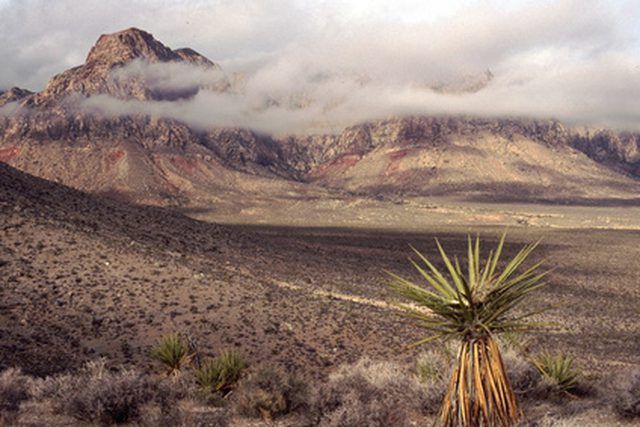Bulbs
Flower Basics
Flower Beds & Specialty Gardens
Flower Garden
Garden Furniture
Garden Gnomes
Garden Seeds
Garden Sheds
Garden Statues
Garden Tools & Supplies
Gardening Basics
Green & Organic
Groundcovers & Vines
Growing Annuals
Growing Basil
Growing Beans
Growing Berries
Growing Blueberries
Growing Cactus
Growing Corn
Growing Cotton
Growing Edibles
Growing Flowers
Growing Garlic
Growing Grapes
Growing Grass
Growing Herbs
Growing Jasmine
Growing Mint
Growing Mushrooms
Orchids
Growing Peanuts
Growing Perennials
Growing Plants
Growing Rosemary
Growing Roses
Growing Strawberries
Growing Sunflowers
Growing Thyme
Growing Tomatoes
Growing Tulips
Growing Vegetables
Herb Basics
Herb Garden
Indoor Growing
Landscaping Basics
Landscaping Patios
Landscaping Plants
Landscaping Shrubs
Landscaping Trees
Landscaping Walks & Pathways
Lawn Basics
Lawn Maintenance
Lawn Mowers
Lawn Ornaments
Lawn Planting
Lawn Tools
Outdoor Growing
Overall Landscape Planning
Pests, Weeds & Problems
Plant Basics
Rock Garden
Rose Garden
Shrubs
Soil
Specialty Gardens
Trees
Vegetable Garden
Yard Maintenance
How to Repot Yucca Plants
How to Repot Yucca Plants. Yucca are hardy plants suited to drier, arid regions. Aside from its aesthetic value, Yucca root is a food staple in many countries, and resembles the potato closely. Yucca root is also called cassava and manioc, and is eaten steamed, boiled or ground into flour, according to the Food Reference website. Yucca plants may...

Yucca are hardy plants suited to drier, arid regions. Aside from its aesthetic value, Yucca root is a food staple in many countries, and resembles the potato closely. Yucca root is also called cassava and manioc, and is eaten steamed, boiled or ground into flour, according to the Food Reference website. Yucca plants may be grown indoors or out, but those that are potted generally won't produce roots of edible size.
Things You'll Need
Pot with drainage holes
Coarse potting mix
Small spade
Water
Knife (optional)
Fill the empty pit with around 5 inches of coarse potting mix. Make sure that the new pot is 2 inches larger in diameter than the original, and 6 or 7 inches taller. Yucca needs very well drained soil, so coarse potting mix is essential.
Hold the base of the plant with one hand. Don't grasp the trunk like you would a pole, rather splay the hand, with the trunk in between two fingers, and the palm against the soil.
Invert the pot with your other hand, working it free so that the tree rests upside down, with your hand still firmly supporting the base.
Tease the roots out of the root-ball shape. This can be done by hand, pulling out sections of the roots so they hang freely, or using a knife to score roots, only about an inch deep in vertical lines around the root ball.
Settle the plant into the new pot, on top of the potting mix already placed inside. Make sure the plant is centered, and there is 2 or 3 inches height between the root ball and the rim of the pot. Add more potting mix on the bottom if the plant sits too far inside the pot.
Fill the remaining areas of the pot with potting mix, taking care not to compress it. Fill all the way to the top of the root ball, but don't build the soil around the trunk of the plant, a 1/2 inch over the roots is fine.
Lift the pot off the ground, and give it a good tap on the rim with the spade. This helps to settle the soil down, and removes any pockets of air. Further compression is not necessary, and will impede drainage.
Water the plant well and place it in a semi-shaded area after re-potting for at least two weeks.